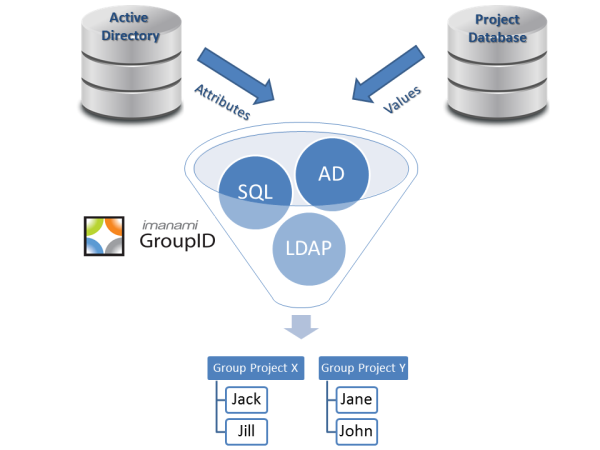Who’s In There? or Active Directory Group Membership
We get a lot of people coming to us for our free Active Directory reporting tool. Whenever I have the chance, I ask them what they are looking to report on. Often, the answer is that they are looking for an easy way to see group membership in Active Directory. They don’t have a great…


